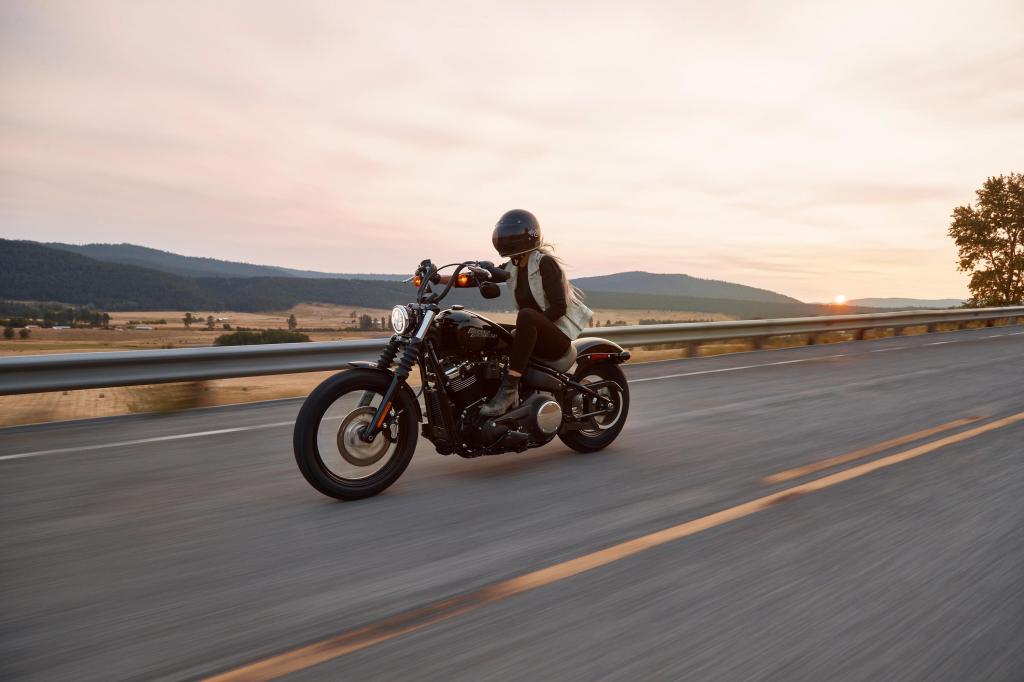Blog
How to Pick the Best Motorcycle Battery
2025-07-28 | Eric

Whether you’re a new rider or a seasoned motorcycle enthusiast, understanding the various types of batteries and what to look for can make a big difference in how your motorcycle runs. Discover the different types of motorcycle batteries, key factors to consider, and tips for selecting the best battery for your needs.
Why Your Motorcycle Battery Matters
Sure, your engine does the heavy lifting, but without a solid battery, it's going nowhere. Your battery is responsible for:
- Starting the engine
- Powering the lights and dashboard
- Supporting electronics when the stator can’t keep up
In short: a reliable battery = a smooth ride. So, how do you pick the right one?
Types of Motorcycle Batteries
Let’s break down the three main types of motorcycle batteries and how they stack up in the real world.
1. Lead-Acid Batteries
One of the oldest and most budget-friendly options, lead-acid batteries are known for doing the job without breaking the bank.
Pros:
- Affordable upfront cost
- Easy to find and replace
- Proven, reliable tech
Cons:
- Heavier than other types
- Require maintenance (like topping up water levels)
- Shorter lifespan (2–3 years on average)
Best for: Budget-conscious riders and older motorcycle.
2. AGM (Absorbed Glass Mat) Batteries
AGM batteries strike a balance between old-school toughness and modern convenience. They’re sealed, spill-proof, and resist vibration — perfect for all kinds of riding conditions.
Pros:
- Maintenance-free
- Vibration-resistant
- Moderate price, excellent reliability
- Longer life than traditional lead-acid (up to 5 years)
Cons:
- Slightly heavier than lithium batteries
- More expensive than flooded lead-acid
Best for: Daily riders and touring motorcycle that need durability.
3. Lithium-Ion Batteries
If weight and power are your top priorities, lithium-ion batteries are a dream. These ultralight batteries deliver serious performance and last longer — with almost zero maintenance.
There are several different variations within the category of lithium batteries. Options like LiFePO4 batteries boast longer lifespans, while Lithium Nickel Manganese Cobalt Oxide (NMC) batteries deliver higher energy density in lighter packages.
Pros:
- Super lightweight (great for speed and handling)
- Long lifespan (up to 7 years)
- Fast charging and low self-discharge
- Maintenance-free
Cons:
- Higher initial cost
- Not ideal for extremely cold climates unless preheated
Best for: Performance motorcycle, racing setups, and riders who want cutting-edge tech.
How to Choose the Right Motorcycle Battery
So, which battery type suits you best? Before clicking Buy Now, consider the following:
✅ 1. Battery Life & Durability
- Lead-acid: 2–3 years
- AGM: 3–5 years
- Lithium-ion: 5–7 years
If you're planning long-distance rides or don’t want to deal with battery changes every couple of seasons, AGM or lithium is the better bet.
✅ 2. Fit & Compatibility
Not all batteries fit all motorcycle. Always check your owner’s manual for:
- Voltage (most motorcycles use 12V)
- Battery size and dimensions
- Terminal orientation and location
Using the wrong battery can damage your motorcycle electrical system — not worth the risk.
✅ 3. Cold Cranking Amps (CCA)
If you live in a cooler region or ride year-round, you'll need a battery with a high CCA rating to reliably start your motorcycle in colder conditions.
> Pro tip: Even if you’re not riding in snow, fall mornings can still give your battery a tough time.
✅ 4. Price vs. Long-Term Value
While lithium-ion batteries have a higher upfront cost, they often pay off in the long run with fewer replacements. On the flip side, lead-acid options are cheaper but may cost more in the long haul due to frequent replacements.
Think in terms of:
- Your riding frequency
- Maintenance tolerance
- Total cost of ownership
Maintenance Tips to Extend Battery Life
Even the best motorcycle battery can die young if neglected. Here’s how to make sure yours lasts:
Use a Smart Battery Charger (Tender)
When your motorcycle isn’t in use — especially in winter — plug in a smart battery tender. It keeps your battery topped off without overcharging.
Check for Corrosion
Every few weeks, inspect the terminals. If you see white or green gunk, clean it with a mix of baking soda and water and apply dielectric grease afterward.
Store It Smartly
If you’re parking your motorcycle for a while:
- Remove the battery or disconnect the terminals
- Store it in a cool, dry place
- Top off lead-acid batteries with distilled water before long-term storage
FAQ – People Also Ask
What’s the best battery type for motorcycles in 2025?
AGM and lithium-ion batteries are currently the top choices thanks to their performance, durability, and low maintenance.
How do I know which battery fits my motorcycle?
Check your owner's manual for battery size, type, and voltage. Don’t guess — the wrong battery can cause real problems.
Signs you need a new motorcycle battery?
- Slow engine start
- Dim headlights
- Battery won’t hold a charge
- Corroded or bloated battery case
How long does a motorcycle battery last?
- Lead-acid: 2–3 years
- AGM: 3–5 years
- Lithium-ion: Up to 7 years
Lifespan depends on use, climate, and maintenance.
Can I charge a motorcycle battery with a car charger?
No. A car charger can overload your battery and cause permanent damage. Always use a motorcycle-specific charger.
Popular Articles
Contact Details
Worktime :Monday to Friday 9am - 6pm (HKT)
WhatsApp/Wechat/Mobile :+86XXXXX
Email : info@lifepo4cellstore.com
